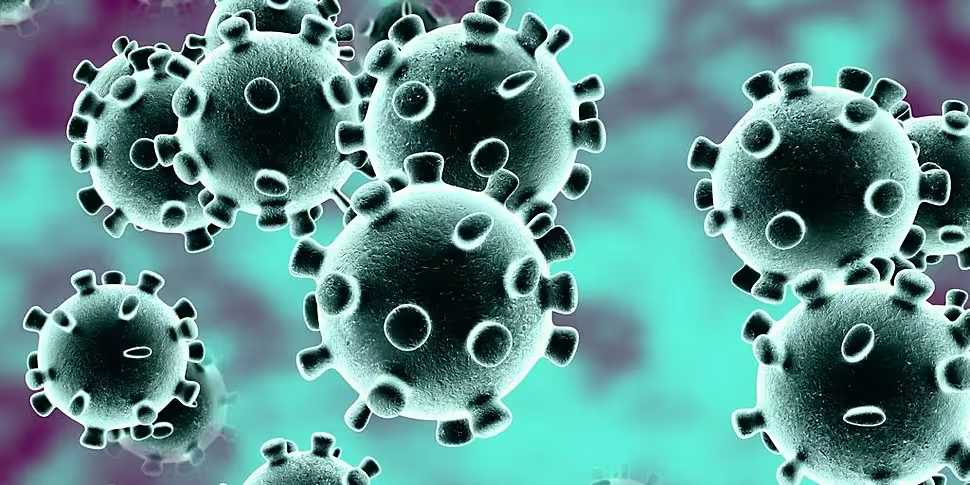Home isolation
There are two reasons why you need to home isolate:
- If you are showing COVID-19 symptoms and are waiting for a test or test results.
- If you have been diagnosed with COVID-19, but are well enough to stay at home.
You must remain in isolation until you've had no fever for five days.
Or if 14 have passed since you first started to show symptoms.
Home Isolation means:
- staying at home at all times
- avoiding all contact with others as much as possible
- ideally staying in one room with a window open
- using a separate toilet from others in the house and cleaning after use
- standing at least one meter away from others when in common areas of the home
- not sharing items like cutlery and plates
- washing your clothes separately

Restricted movements
Restricting your movement in the house is less severe than home isolation.
You do this if you have been in close contact with someone who has COVID-19, but you're not currently showing symptoms.
You may need to do this for up to 14 days.
Restricted movements means:
- Don't go to social gatherings, schools, workplaces, hospitals or a doctors office
- Limit going out and meeting people as much as possible
- Keep two meters away from others if outside
For more advice you can visit the HSE website here.













